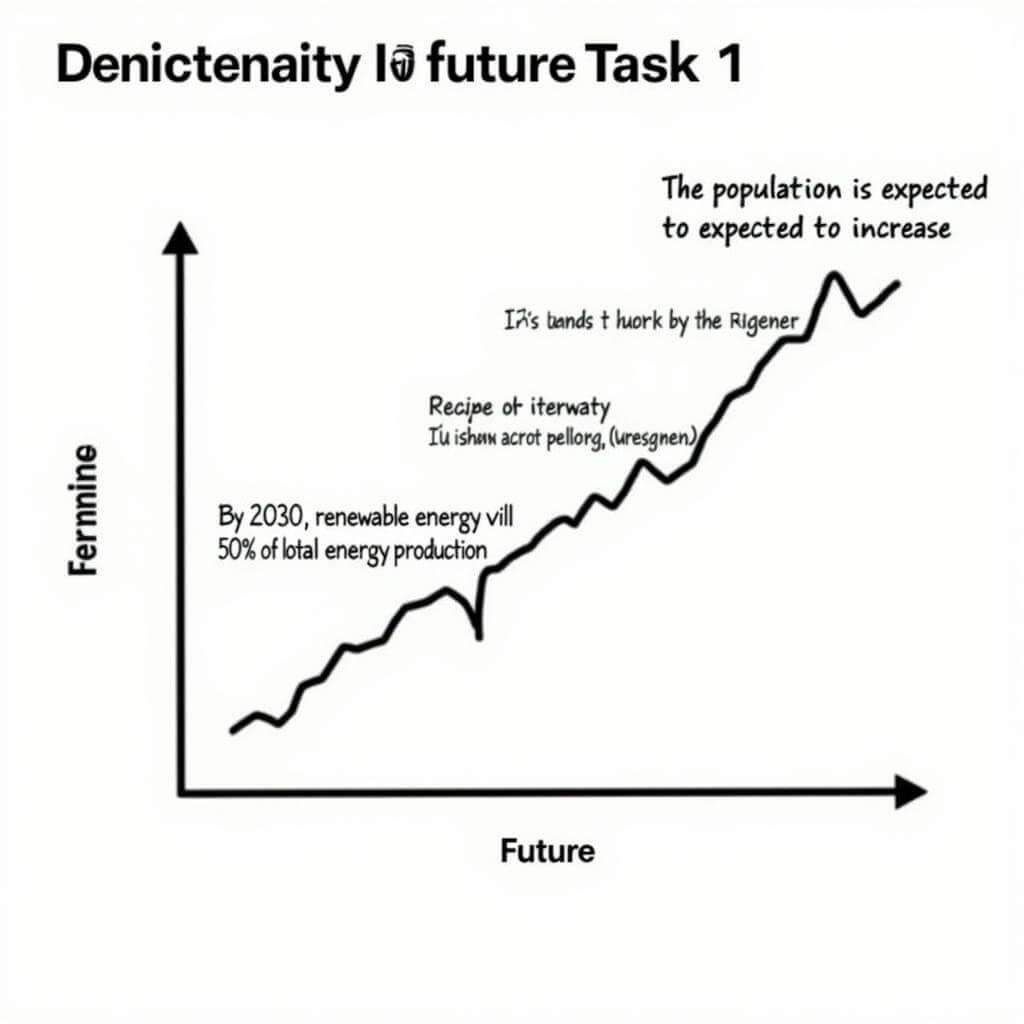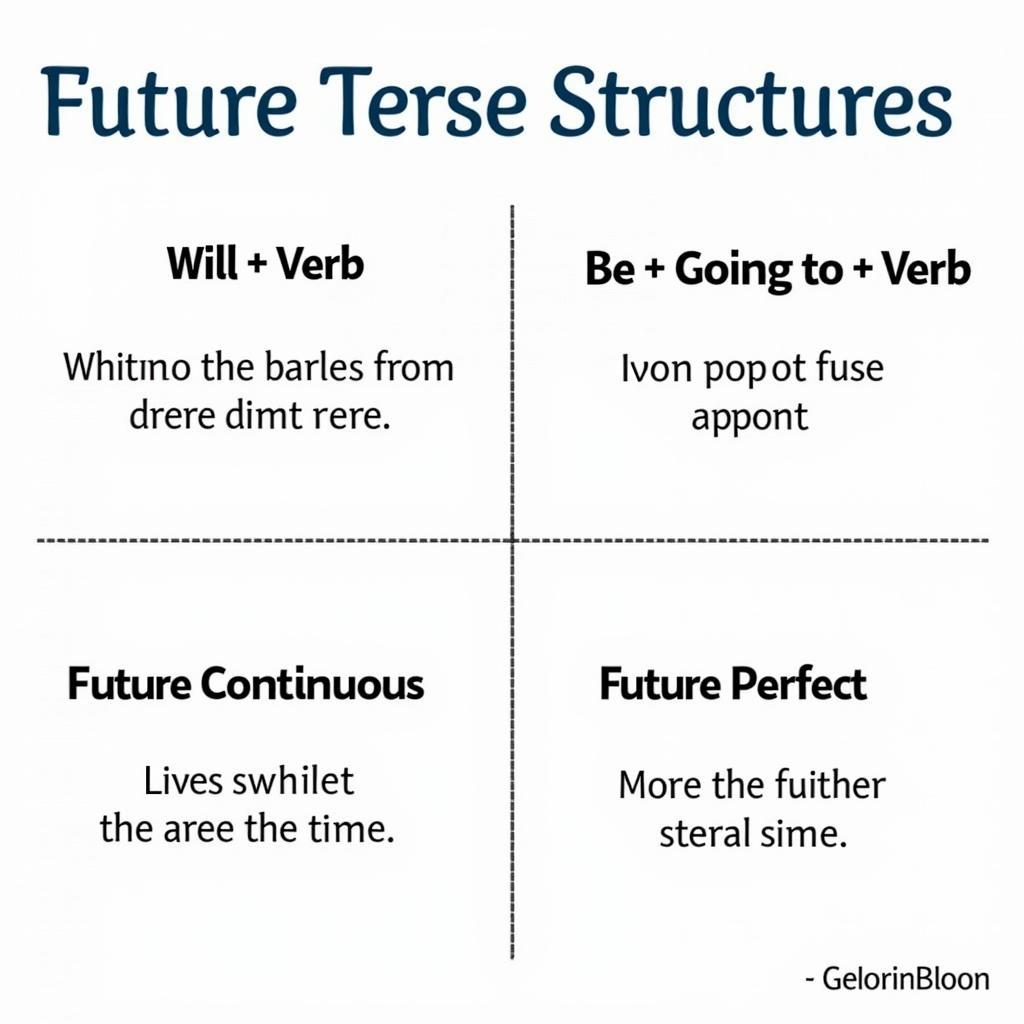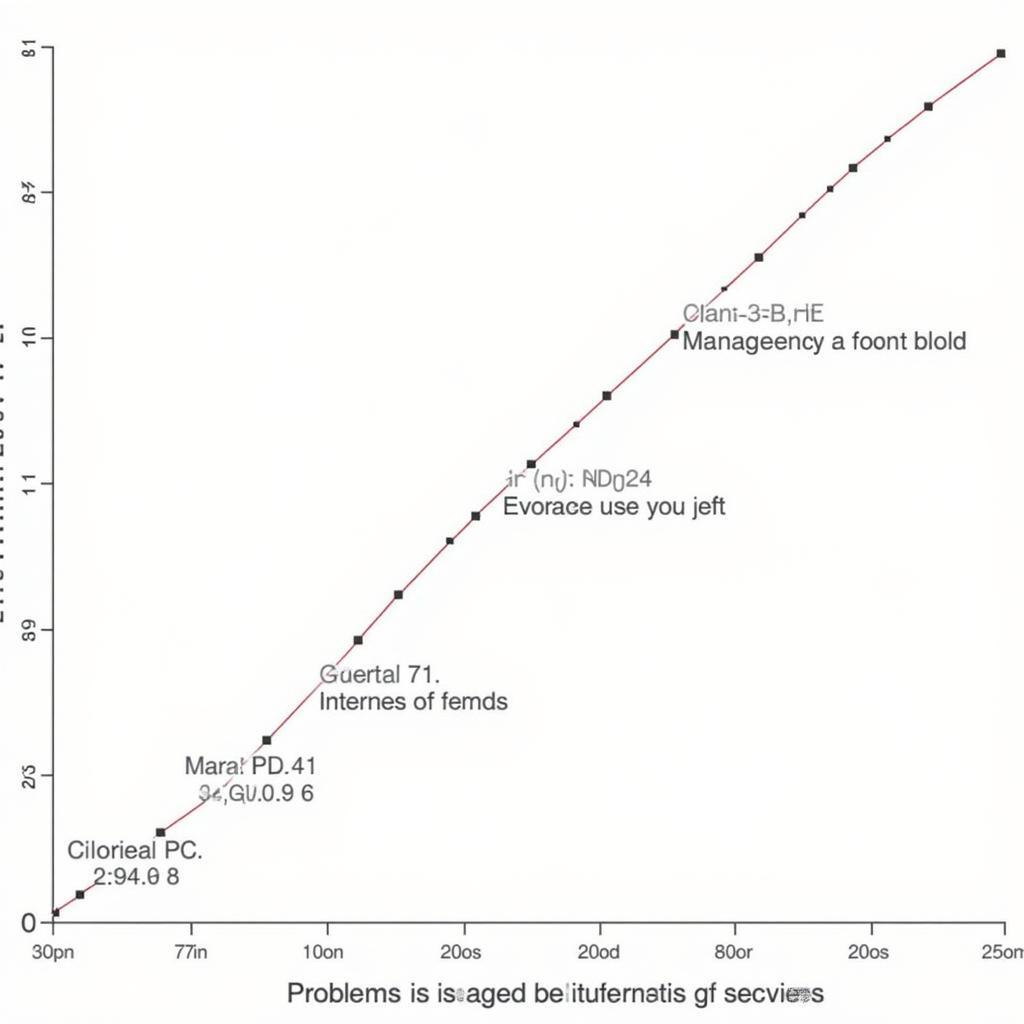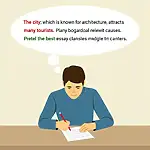IELTS Writing Task 1 often requires candidates to describe future trends or predictions based on given data. Understanding how to use future tense effectively is crucial for achieving a high score in this section. This article will provide you with valuable insights on using future tense in IELTS Writing Task 1, helping you improve your grammar and overall performance.
Why Future Tense Matters in IELTS Writing Task 1
Using future tense correctly in IELTS Writing Task 1 is essential for several reasons:
- Accuracy in describing future trends
- Demonstrating grammatical range and accuracy
- Enhancing coherence and cohesion in your writing
- Showcasing your ability to interpret and predict data
By mastering future tense, you’ll be better equipped to tackle various types of Task 1 questions, especially those involving forecasts or projections.
 Future Tense in IELTS Writing Task 1
Future Tense in IELTS Writing Task 1
Common Future Tense Structures in IELTS Writing Task 1
To effectively use future tense in your Task 1 response, familiarize yourself with these common structures:
1. Will + Verb
This is the most straightforward way to express future actions or states:
- “The number of internet users will increase by 20% over the next five years.”
- “By 2025, renewable energy sources will account for 30% of global energy production.”
2. Be + Going to + Verb
Use this structure to express future plans or predictions based on current evidence:
- “According to the graph, unemployment rates are going to decrease in the coming months.”
- “The data suggests that online shopping is going to overtake traditional retail sales by 2030.”
3. Future Continuous (Will be + Verb-ing)
This structure is useful for describing ongoing actions or trends in the future:
- “By 2040, more people will be living in urban areas than in rural regions.”
- “The company’s profits will be growing steadily over the next decade.”
4. Future Perfect (Will have + Past Participle)
Use this to describe actions that will be completed by a specific point in the future:
- “By 2050, global temperatures will have risen by an average of 2 degrees Celsius.”
- “The government projects that it will have reduced carbon emissions by 50% within the next 15 years.”
 Future Tense Structures in IELTS Writing Task 1
Future Tense Structures in IELTS Writing Task 1
Tips for Using Future Tense in IELTS Writing Task 1
To enhance your use of future tense and improve grammar in IELTS writing, consider these tips:
-
Analyze the data carefully: Before writing, identify which aspects of the information relate to future trends or predictions.
-
Use a variety of future tense structures: Demonstrate your grammatical range by incorporating different future tense forms throughout your response.
-
Be consistent with time frames: Ensure that your use of future tense aligns with the time periods mentioned in the task or shown in the visual information.
-
Avoid overuse: While it’s important to use future tense where appropriate, don’t force it into every sentence. Balance it with other tenses as needed.
-
Practice with past IELTS questions: Familiarize yourself with how future tense is typically used in Task 1 responses by studying official IELTS materials and sample answers.
-
Use appropriate signal words: Incorporate time expressions like “by 2030,” “over the next decade,” or “in the coming years” to clearly indicate future time frames.
-
Be cautious with predictions: Unless explicitly stated in the task, avoid making personal predictions. Stick to describing the information provided.
Common Mistakes to Avoid
When using future tense in IELTS Writing Task 1, be wary of these common errors:
-
Mixing up tenses: Ensure you don’t confuse future tense with present or past tenses when describing trends.
-
Overusing “will”: While “will” is a common future tense marker, overusing it can make your writing repetitive. Vary your structures for better flow.
-
Neglecting subject-verb agreement: Remember that even in future tense, subjects and verbs must agree in number.
-
Using future tense for all data: Not all information in Task 1 requires future tense. Use it only for projections or future trends.
-
Forgetting to use future perfect for completed future actions: When describing actions that will be finished by a specific future time, use future perfect tense.
“Mastering future tense in IELTS Writing Task 1 is not just about grammar; it’s about accurately conveying future trends and predictions based on the given data,” says Dr. Emily Chen, IELTS expert and language researcher.
Enhancing Your IELTS Writing Task 1 Response
To further improve your Task 1 response, consider these additional strategies:
-
Use precise language: How to write task 1 with precise details is crucial for a high-scoring response. Be specific when describing future trends and use accurate vocabulary.
-
Incorporate conditionals: Using conditionals in IELTS writing can help you express potential future scenarios based on certain conditions.
-
Proofread carefully: After writing, review your response to avoid common tense mistakes and ensure consistency in your use of future tense.
-
Practice regularly: The more you practice using future tense in Task 1 responses, the more natural and accurate your writing will become.
 IELTS Writing Task 1 Future Trends
IELTS Writing Task 1 Future Trends
Conclusion
Mastering the use of future tense in IELTS Writing Task 1 is a valuable skill that can significantly enhance your performance. By understanding various future tense structures, practicing their application, and avoiding common pitfalls, you’ll be well-equipped to tackle any Task 1 question involving future trends or predictions. Remember to analyze the data carefully, use a variety of structures, and maintain consistency in your writing. With these strategies and regular practice, you’ll be on your way to achieving a higher score in IELTS Writing Task 1.
FAQ
-
How often should I use future tense in IELTS Writing Task 1?
Use future tense whenever the task involves describing future trends or predictions based on the given data. The frequency will depend on the specific information provided. -
Can I use “going to” instead of “will” in formal writing?
Yes, both “going to” and “will” are acceptable in IELTS Writing Task 1. Using a variety of structures can demonstrate your grammatical range. -
Should I use future tense in the overview paragraph of Task 1?
If the data includes significant future trends, you can mention them briefly in the overview. However, the overview should primarily summarize the main features of the entire data set. -
How can I practice using future tense for IELTS Writing Task 1?
Practice with past IELTS questions, focusing on tasks that involve future projections. Analyze sample answers and try to incorporate various future tense structures in your responses. -
What if the task doesn’t explicitly mention future trends?
If the task or data doesn’t clearly indicate future trends, stick to describing the information as presented. Don’t make assumptions or predictions unless they’re supported by the given data. -
Is it okay to mix different future tense structures in one paragraph?
Yes, using a variety of future tense structures can demonstrate your grammatical range. However, ensure that the mixing is natural and doesn’t confuse the reader. -
How can I improve my accuracy when using future tense in IELTS Writing Task 1?
Regular practice, studying example answers, and improving sentence clarity with grammar exercises can help enhance your accuracy with future tense usage.


